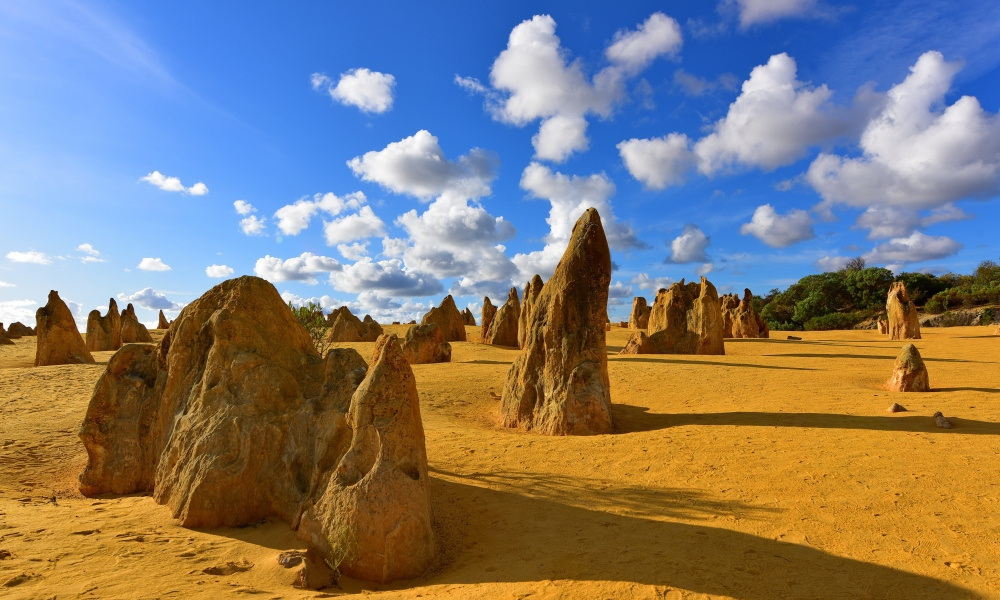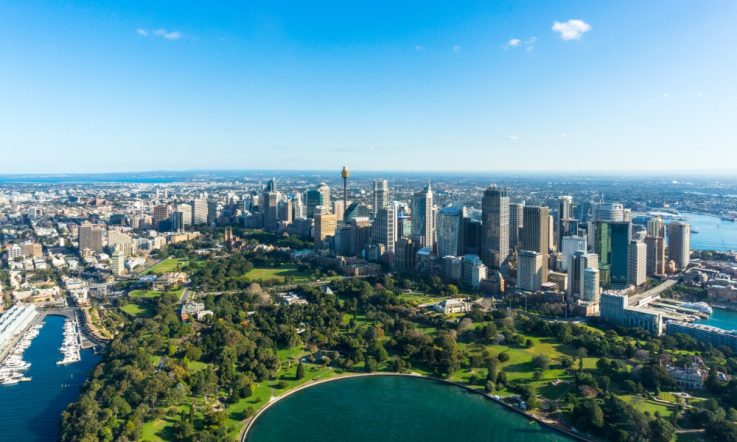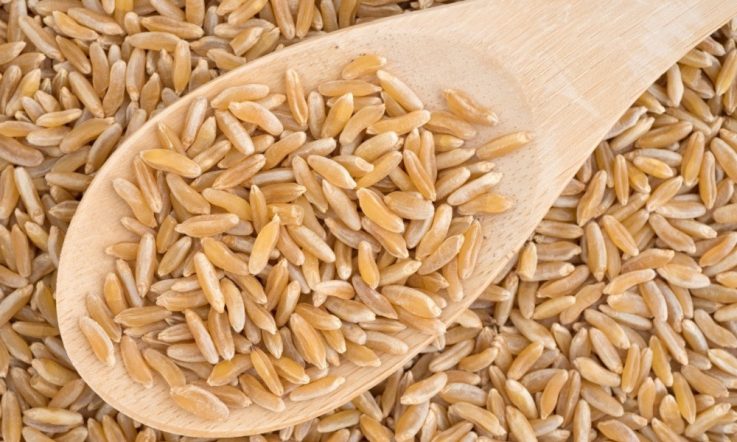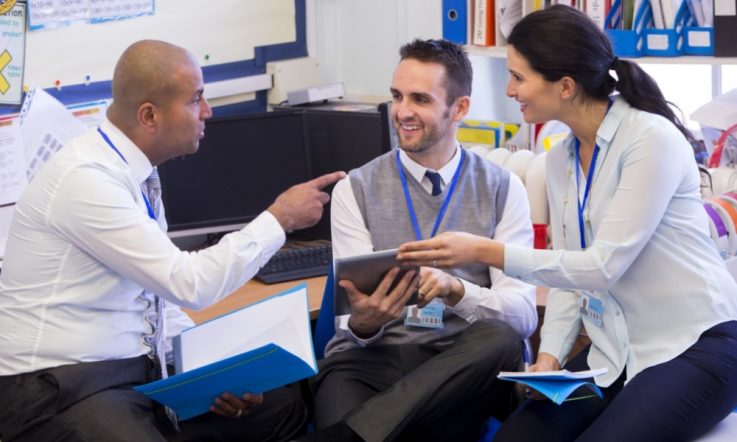She's been called a ‘true rockstar teacher' – in the past 10 years, geoscientist Suzy Urbaniak has planned and led 45 Australian and international field trips, helping students understand how their learning applies in the real world.
This term Urbaniak received the 2016 Prime Minister's Prize for Excellence in Science Teaching in Secondary Schools. Here, in a Q&A with Teacher editor Jo Earp, she shares advice for organising inspiring field trips.
Jo Earp: Suzy, congratulations on the teaching award! Your previous career was as a geologist?
Suzy Urbaniak: Yeah. I've always had a fascination with rocks and obviously science. I'm curious about why things happen and how things come together. … When I started I was out in the field and I thought ‘well, I really didn't learn this at school, what did I go to school for?' The skills of science weren't actually taught and I was very frustrated by that.
So, when I went into teaching I made sure that it was all about the skills of science – science is doing not sitting at a desk reading a text book or completing worksheets.
JE: Now, you're at Kent Street Senior High School, in Perth, Western Australia. I understand you've clocked up almost 50 field trips, in this country and internationally. What are the benefits of field trips – for both students and teachers?
SU: You can see it happening before your eyes – you can see things in 3D, you can see how all the sciences interlock and create the spectacle before you. So, while you're out in the field [as a teacher] you're explaining all this to them [the students].
For instance, a redox reaction which demonstrates the formation of sulphur from sulphur dioxide and hydrogen sulphide gas, you can actually see the sulphur being precipitated in a geothermal area and the redox situation explained. Then it's connected to physics through energy and to geology through the volcanism … and there's plants growing near it; so you then take in a holistic approach. Students, and teachers, can actually then get the benefit because they can see it transpiring before their eyes.
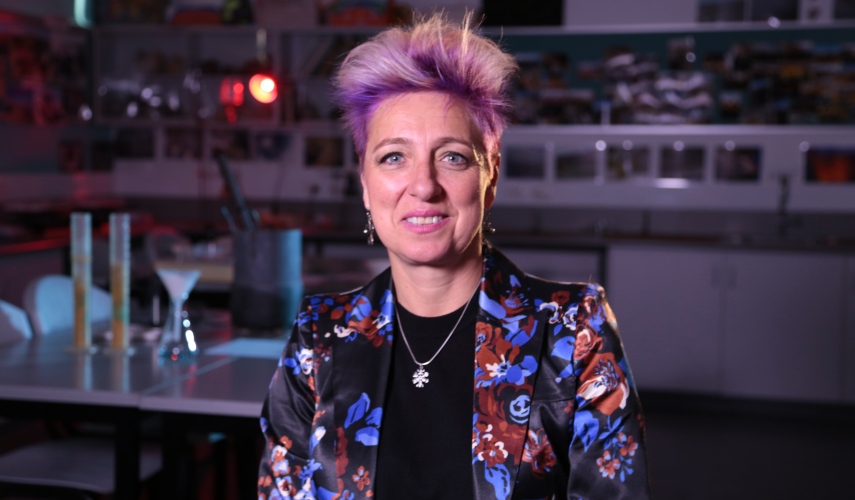
[Suzy Urbaniak. Image: Prime Minister's Prizes for Science/WildBear].
To me I always say to the kids ‘go back to when you were in Kindergarten and you used the senses, like smell, touch, taste' … to be curious about stuff and work out what it was. Those basic observations and measurements are rudimentary to good science, so I strip it back to that level. What you see, what you touch, what you hear, what you smell and what you taste – and in geology students do taste because they can then discriminate between what halite is and various other minerals.
It's just important to do real science. I say to my kids ‘love your data and let the data tell the story, don't have any preconceived ideas because that's not science.'
JE: A great bit of advice there. Now, if we can get to into nitty gritty of planning the field trips then – first, choosing where to go and why.
SU: The field trips are related to the curriculum but really anywhere you go you can find something that's related to the curriculum. I make my field trips an assessable task obviously, with any sort of medium that the students want to present their findings in. Definitely, I do have ideas of where to go … and through the field trips I have no trouble getting through the course, no trouble at all.
I don't prepare them much before the trip, but after the trip we use all the visuals and the life experiences, the field experiences, to guide and connect the so-called ‘dot points' of the curriculum together and they have a real life example to support their observations.
… Whether it's a student or a parent, they all say to me at the end of the field trip ‘I'll never look at a beach the same way again' or ‘I'll never look at a rock the same way again' because of the information that can be presented from actually seeing it and understanding everything in it.
A little olivine crystal in the Bunbury Basalt, for instance, or whether it's in the lava fields of Hawaii – taking it down to the nitty gritty in theoretical chemistry is the magnesium, iron and oxygen atom, which they do in Year 9 in looking at ionic compounds.
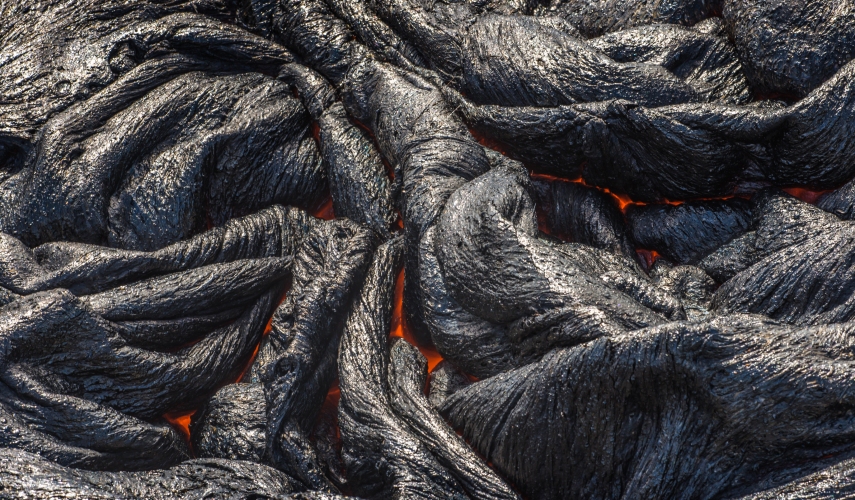
[Magma in a lava field in the Hawaii Volcanoes National Park. Image: ©Shutterstock/Pung].
JE: You mention there Hawaii, which sounds like a great trip to me! Obviously you can't get out and about to every destination before you go but is it important for teachers to scout out the trip?
SU: Oh yeah, I do dry runs. If I'm going into a new area I do a dry run and that's still the case. When I started out on these field trips I would go and do a dry run and just familiarise myself with the area and identify things. Now I'm a lot more spontaneous, definitely spontaneous – we'll be just driving along the road and if I see something that should be addressed I will stop. We call these spontys!
And, similarly, I used to have a workbook that I worked out of and I don't do that anymore; it's more free range, more student-centred, open learning. There are stops and at those stops the students need to actually work as field scientists. They don't answer questions, they listen to what I have to say, they'll draw perhaps what I'm saying, they use technology, take photos, use Skitch to annotate the images on the spot there and then, they put it all together into a document of some description.
It's got to the point where this year's Year 12 [in some of their field trip reports] they then correlated the stops to the dot points in the Australian Curriculum. So, the science understanding, the science inquiry strand as well as human endeavour – they were linking back what they had to know into the sites that we visited.
JE: You need to make sure you've got all the health and safety and risk planning elements in there. It can be daunting for new teachers – have you got any advice?
SU: I call it ‘the bible' that has to be done and triple-checked. Plus, because I go near water I have to do my Surf Life Saving every year, renew that, then obviously there's first aid as well. So, yeah, particularly for new teachers, they should look at the area as well as make sure that all the legal aspects are taken into consideration.
Over here in Western Australia, anywhere we visit there has to be at least a public liability of $20 million, including caravan parks where we have to stay overnight. We have to get permission from the rangers in national parks, and make them aware that we're going into the national parks.
So, there's a lot of groundwork that needs to be done. But having said that, I often think ‘all this paperwork …' but when I'm out there in the field doing what I do best it's all worth it. And once you do one or two the others are easier, it's just a flow-on effect after that.
JE: What kinds of things would you normally cover in follow-up lessons?
SU: It doesn't all happen at once, it happens as we progress through the topic in class and then we reflect back on what we saw in the field and use that as an example.
JE: Would you suggest then that it's best to have field trips at the start of the year, because sometimes people do it as an end of unit don't they?
SU: I try and get them done as quickly as possible, for my upper school definitely. My Year 12 field trip is in Week 4 and Year 11 is the end of Term 1, but that's also based on when I've got availability. My Shark Bay field trip is six days, on the road in four-wheel drives, so that's the first opportunity to do it and definitely the best way to do it.
Whereas, the Year 7s we take them at the end of the year and that's because of their maturity as well as getting to know their classmates. Their field trip is more of a reflection of what we've learned and here it is out in the field, but then for Year 8s, 9s and 10s we seem to take them mid-year.
JE: You mentioned there that your field trips tend to be six day ones in the four-wheel drives, which sounds great. Does it have to be that sort of grand journey, can it be something quite close to school or a like you were saying a spontaneous one?
SU: Yeah, that's like a day excursion – I call those excursions, whereas my field trips are a minimum of two or three nights.
JE: And generally you'd be moving quite a distance away from the school?
SU: We go up to about 2500 kilometre round trip. That's why I get through the course, because we have numerous stops and we cover numerous concepts … and the concepts are all interlocked and integrated. But there are the one day field excursions and that can be done. For people that haven't had that bush experience I think it's probably the best way to start.
JE: Finally then, could take us through a couple of your favourite trips and some of the activities that you've done?
SU: Well, the internationals are just in a whole new league of their own. I've been to Hawaii, New Zealand, Norway and Iceland. In Hawaii and Iceland you're looking at crusts being formed out of the bowels of the Earth, you're looking at magma coming out to the surface of the Earth and that's just amazing, absolutely amazing.
Then you come here, back home in WA (Western Australia) and you go to Shark Bay for the stromatolites and you can see photosynthesis occurring in front of your eyes.
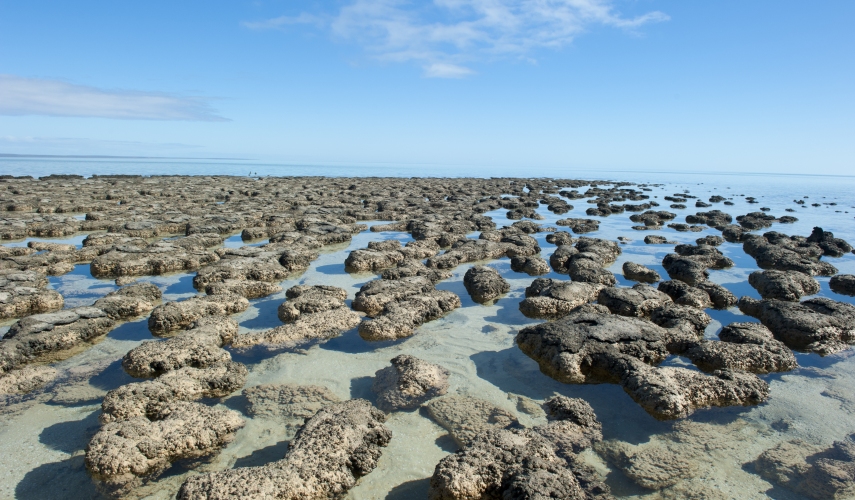
[Stromatolites in Shark Bay, Western Australia. Image: ©Shutterstock/Rob Bayer].
We've got the various mine sites that I take the kids to – so, you can see how their parents are actually forging a living and how science applies in real life and into careers. That's a big bonus as well of these field trips – the purposeful, meaningful learning is going to these mine sites and whether it's geology or mining engineering or metallurgy or environmental, their learning then leads down into these particular pathways. So, that's really an important aspect.
I go to Fitzgerald River National Park – a biodiversity hotspot of the world. There are plants there, the Gondwana species, the soil is so poor that they live in nothing. We look at the interrelationships between the Kundip quartzites and the Hakea victorialis and that's why it's only occurring there.
Then you stop on a sponty and you bash these komatiites – these rocks don't form now because the Earth is too cold. You've got these beautiful olivine, spinifex textures. These are the surprise ones that you stop along the way …
Even though the route might be the same from year to year, there's always something different. Even the Pinnacles, I've been there 14 or 15 times but again you just see something different and you do something different with the students. What I am finding is that the students, younger and younger are understanding more higher order concepts.
JE: Well, you certainly talk about science and the field trips with such passion, and I'm sure that you pass that onto the students. Congratulations again on the Prime Minister's Prize for Excellence in Science and thank you so much for sharing your expertise with Teacher.
Consider the science field trips you've organised in the past. How do you ensure that you're covering the curriculum while engaging students in 'real science' at the same time?
What health and safety precautions or risk assessments do you consider when planning a field trip? Have you got an emergency plan in place?
